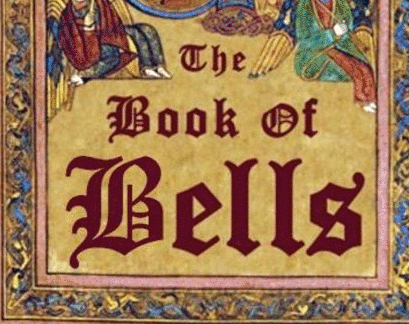MORRIS IN LITERATURE
Save Heritage and Morris has diligently trawled through galleries, museums and private collections across the globe (OK, quick Google search) to discover evidence that reveals the astonishing truth of the early history of the Morris. Pull back the curtains of the mists of time and see what has been revealed in these writings from long, long ago.

HOMER'S ODYSSEY
Good to see that, even while away for extended travels, the Ancient Greeks liked to look smart when dancing.
"Moreover, you have five sons at home, two of them married, while the other three are good looking bachelors; you know they always like to have clean linen when they go to dance."

AESOP'S FABLES
The Fisherman Piping
“O you most perverse creatures, when I piped you would not dance, but now that I have ceased you do so merrily.”
Perennial problem of misunderstanding between musician and dancers
The Dancing Monkeys
"A Prince had some Monkeys trained to dance. Being naturally great mimics of men’s actions, they showed themselves most apt pupils, and when arrayed in their rich clothes and masks, they danced as well as any of the courtiers."
Surely this exactly how some later Morris historians have described the Morris as mimicking courtly gestures

VIRGIL'S AENEID
"I sing of arms and a man...." So Virgil begins his famous narrative poem about Aeneas and his journey from Troy to Italy. More allegory here but also specific references to the Morris.
"Some dance with beating footfall and lips that sing" "Your delight the luxurious dance; you wear sleeved tunics and ribboned turbans ... where the double-mouthed flute breathes familiar music."

BEOWULF
Clearly, this Anglo Saxon classic is a Morris allegory, the hero's struggle against all odds resonating with many situations - the Bagman striving to collect names or the Musician wrestling with the melodeon as shown here:
"The sound mounted upward .....
A terror of anguish, on all of the men there
Who heard from the wall the weeping and plaining"

THE BOOK OF KELLS (BELLS)
A simple misreading of the gothic capital B has led this medieval Irish manuscript to be labelled Book of Kells. Rather than a collection of 4 Gospels the 'Book of Bells' is none other than the first attempt at transcribing the Morris dances of the time.

MAYAN CODEX 11TH CENTURY
The Mayans used picture 'glyphs' much like the Egyptians. In this Mayan Codex from 11th Century we see instructions on how to do the Foot Up, Rounds and Half Hey. A clever use of dots is devised to show positions of dancers at key moments in the dance.

THE DOMESDAY BOOK
Much to trawl through here but little glimpses reveal a lot. For instance the High Sheriff of Nottinghamshire, Derbyshire and the Royal Forests 1069–1080 was Hugh fitz Baldric. Obviously the baldric fitter was a highly desirable post even then!

DANTE'S DIVINE COMEDY
"As by a greater gladness urged and drawn
They who are dancing in a ring sometimes
Uplift their voices and their motions quicken."
A bit of a warning here (not just for members of the Morris Ring) that singing while you are dancing sometimes precedes a dash to the toilet.

BOCCACCIO'S DECAMERON
This collection of 100 stories includes too many Morris references to list all. A pub session:
"After this they sang sundry other songs and danced sundry dances and played upon divers instruments of music."
And probably the first ever reference to Morris 'on the box'.
"Spinelloccio, hearing from within the chest all that Zeppa said, his
wife's answer and feeling the morrisdance that was toward over his head"

THE CANTERBURY TALES
Written between 1387 and 1400 Chaucer describes a number of characters en route to Canterbury. His Squire is clearly a figment of imagination but certainly recognisable by modern day Morris dancers. Squires think they can do everything!
“Singing he was, or fluting, all the day;
He was as fresh as is the month of May.
He could make songs and words thereto indite,
Joust, and dance too, as well as sketch and write.”

